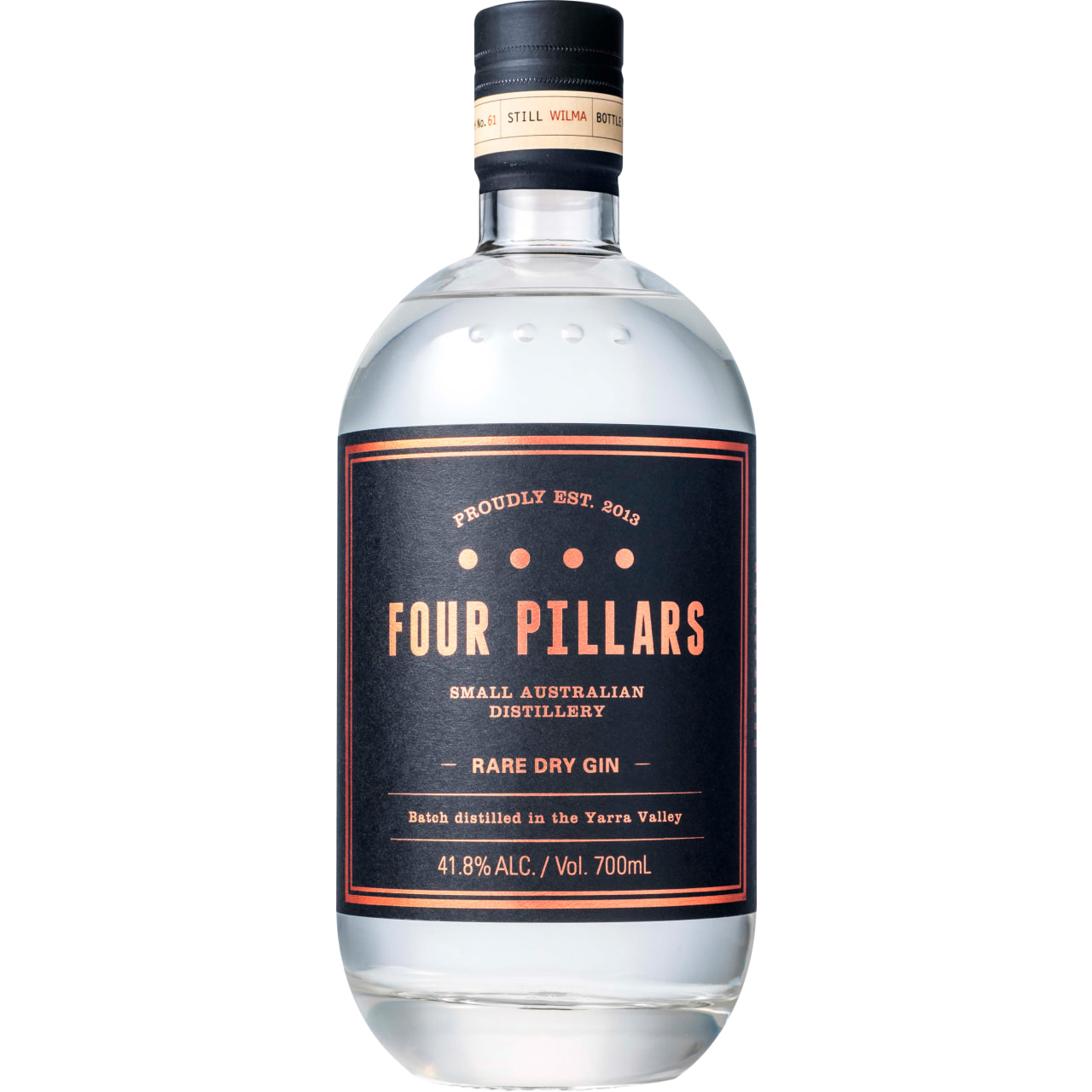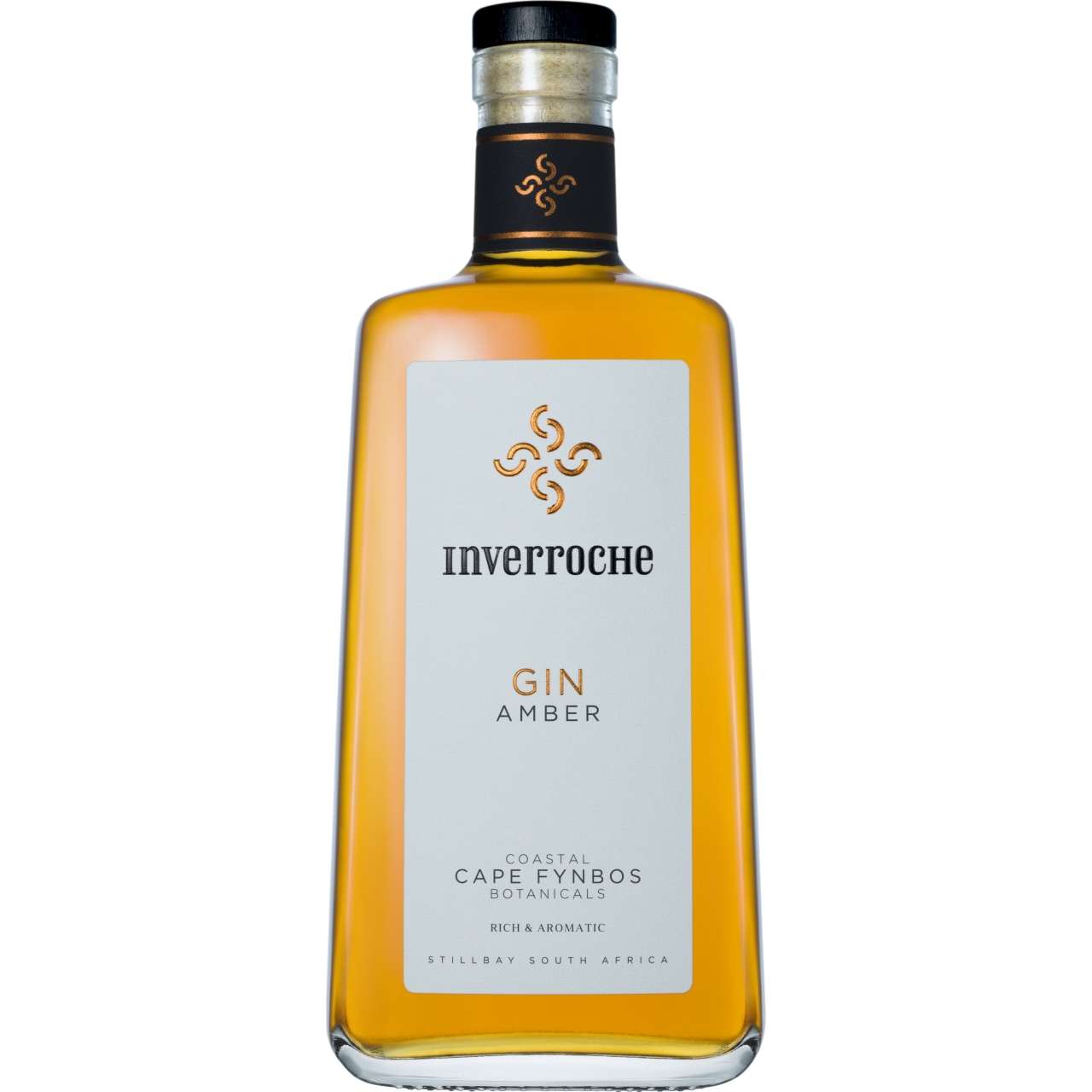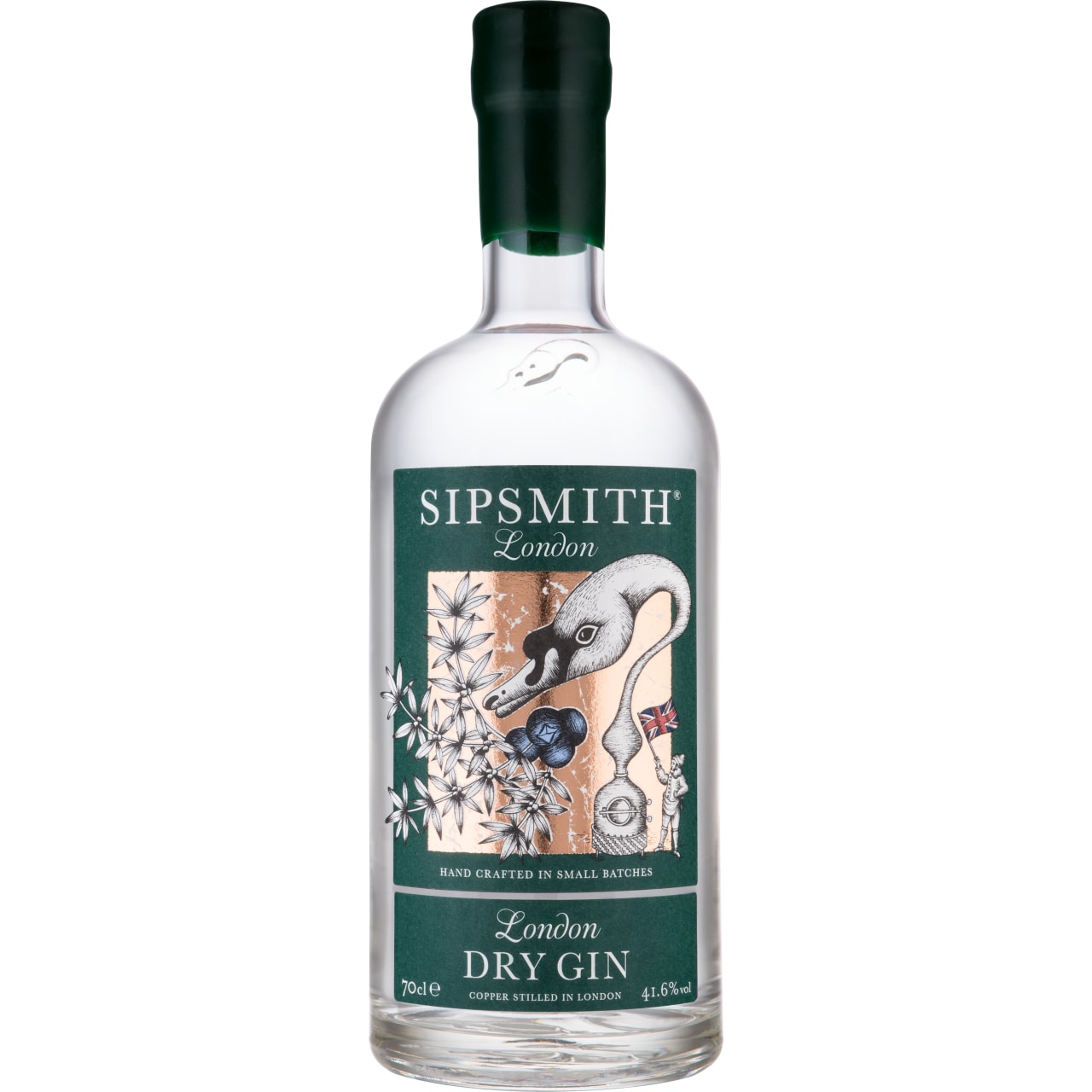I frequently come across brands that would work if they were huge international names backed by big budgets for glossy campaigns, but who don’t have the wherewithal to make it there. Vis versa there are so many concepts that work because they are small, hyper local, often intensely personal passion projects. Unfortunately, their intangible quality is snuffed out the second they grow beyond twenty thousand bottles.
Judging who is on the rise is about looking at the stage they are in and if they have potential to burst through the next couple of milestones, not thinking about an uninhibited accent to the top of the category.
That judgment call begins with looking at the people involved as each stage of growth has different requirements and needs those at the helm to be capable of navigating them.


The diverse skill set needed is seldom present in one person alone. It changes from start-up phase to marquee name some years later.
For example, starting something requires a very specific set of skills, passion and determination. Making it cool and getting it noticed, let alone getting it adopted, is another. Taking something that has an intangible cool and adding structure, knowhow and rigorous business underpinnings without killing the spark is again completely different. Once you reach a certain volume, you must find funding for further growth, operate with bigger teams, become used to dealing with compliance checks from retailers, investors, understand different market conditions, their legal requirements etc. The list goes on and unless the right components (people) are brought into an operation, the whirlwind growth soon turns into a grind.
Hot prospects often stagnate due to a failure to recognise the transient nature of their phase of growth. An owner’s hubris and a desire to remain in full control, operating as ‘they always have done’ are often factors that get in the way of progression. Wanting to fast-forward through the stages without ever setting solid foundations is also a frequent mistake.
Being a successful gin business is about evolution, not just expanding volumes. Fundamentally, it’s about recruitment and knowing who to bring in and when to trust them. That unique combination of adaptability and perspective is what sets the top tier of producers apart and what allows brands to grow.
Unfortunately for those in the business of predictions, someone’s mindset is a hard thing to fully judge from the outside and depending on circumstances, can be ephemeral rather than resolute.

















